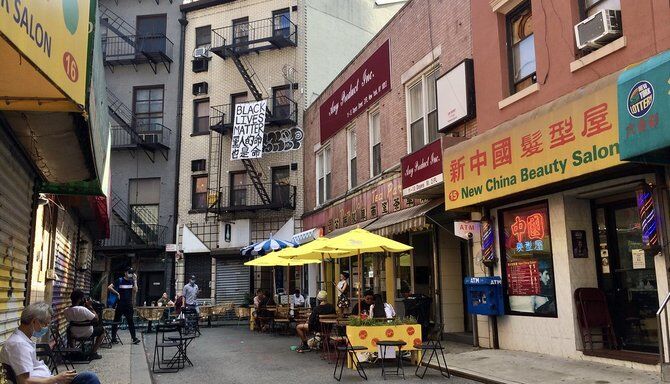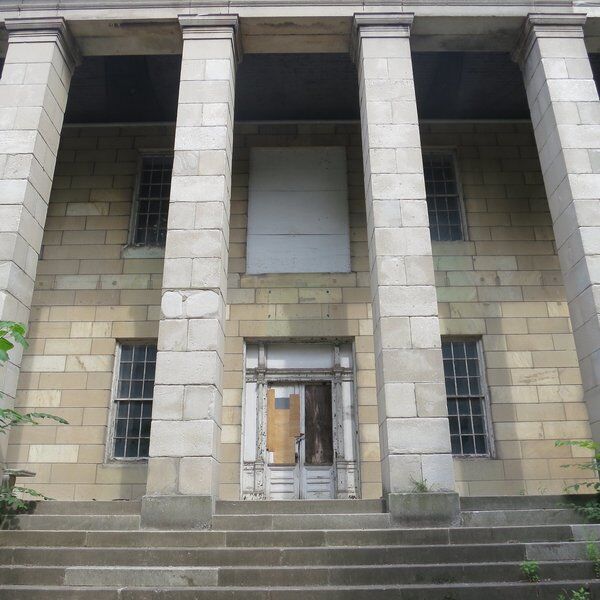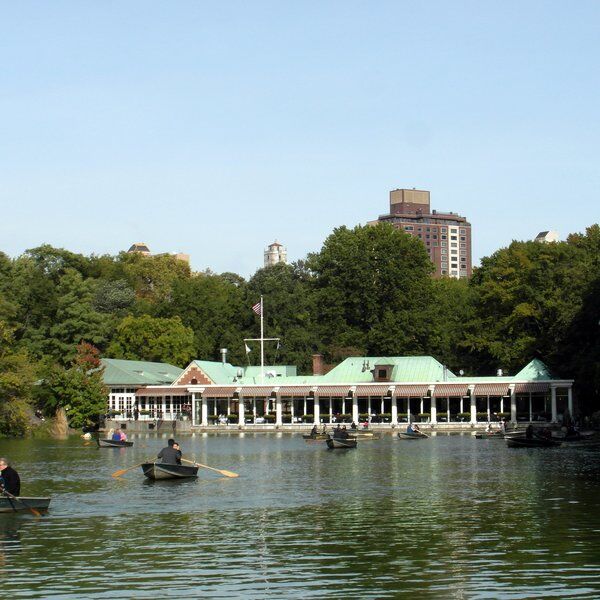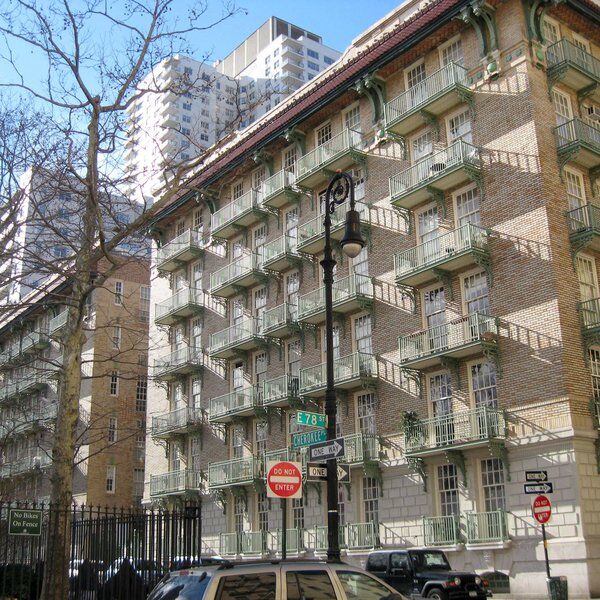Discover Doyers Street: The Bloody Angle of New York's Chinatown
Doyers Street, a 200-foot-long block tucked into the heart of New York City's Chinatown, bears a name rooted in the city’s Dutch history. It was officially named after Hendrik Doyers, a Dutch immigrant who opened a brewery near the street in the mid-19th century. While its sharp 90-degree bend and dark and bloody history gave rise to the chilling nickname, “The Bloody Angle.”
Located just off the Bowery, Doyers Street has developed into a pedestrian zone filled with restaurants, bars, and historic landmarks. With its quaint, almost whimsical curve and narrow passage, the street also provides a shortcut for residents navigating the crowded streets of Chinatown.
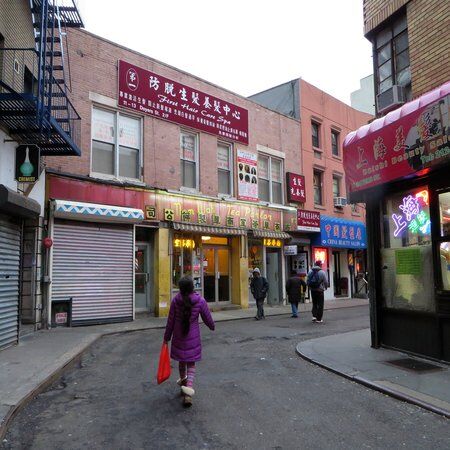
The History of Doyers Street
Early Chinatown and the Rise of the Tongs
Chinatown’s origins in the late 19th century coincided with a surge in Chinese immigration. By the 1880s, Mott, Pell, and Doyers Streets formed the nucleus of a growing Chinese community.
The Exclusion Act of 1882, which restricted Chinese immigration, resulted in a bachelor society, as many men who had come to work on the railroads and in gold mines were unable to bring their families to America. With a high male-to-female ratio, vices like gambling, opium dens, and prostitution proliferated along the narrow streets of Chinatown, including Doyers Street.
At this time, two powerful factions emerged to control these illicit activities—the Hip Sing Tong and the On Leong Tong. These organizations, known as Tongs, began to fight for dominance over the neighborhood’s vice economy. Doyers Street, with its tightly packed buildings and hidden corners, became the stage for this violent turf war.
The Birth of “The Bloody Angle”
Though Doyers Street might seem peaceful today, it earned the grim moniker “The Bloody Angle” during the height of the Tong Wars.
In the early 1900s, Doyers Street’s sharp bend made it an ideal ambush spot for gang members. Rival factions would often lie in wait around the corner, ready to attack with hatchets and guns.
The violence escalated with each passing year, claiming more lives than any other intersection in America.

The Chinese Theater Massacre (1905)
One of the most infamous events occurred on August 7, 1905, when members of the Hip Sing Tong ambushed their rivals during a performance at Doyers Street’s Chinese Theater. Known as a neutral ground where rival gangs could coexist without conflict, the theater’s reputation for peace was shattered that night.
During the premeditated attack Hip Sing members smuggled guns into the theater and opened fire on unsuspecting On Leong Tong members. Three people were killed, and the massacre marked a turning point in the escalating violence between the two factions.
The Bow Kum Murder
The violence on Doyers Street peaked in 1909 with the murder of a woman named Bow Kum. Her death sparked one of the most intense phases of the Tong Wars.
Bow Kum, a former sex slave, was embroiled in a feud between the Hip Sing and On Leong Tongs after being sold and resold between members of both groups. When she was ultimately killed in a brutal attack, it ignited a deadly conflict that claimed over 50 lives.
The gangs began to use hatchets and firearms, with ambushes taking place on Doyers Street, intensifying the bloodshed in Chinatown.

Tunnels and Escape Routes
One of the defining features of Doyers Street during this period was its network of underground tunnels. These tunnels connected various businesses, opium dens, and hideouts, allowing gang members to evade capture after violent skirmishes.
After carrying out an attack, they could disappear into the labyrinthine tunnels beneath Chinatown, avoiding law enforcement and rival gangs. These hidden escape routes contributed to the deadly reputation of Doyers Street, where violence could erupt without warning, and attackers would seemingly vanish into thin air.
The Decline of Violence in Chinatown
By 1913, after years of bloodshed, local businessmen and community leaders, including those within the Tongs, began to lose patience with the violence. The constant gang wars were driving customers away from Chinatown’s legitimate businesses, and pressure mounted to negotiate a truce. A tentative peace was established, though it was not until the mid-1990s that the fighting actually ceased.
During the late 20th century, Doyers Street once again became a battleground. In the 1980s, a new generation of gangs, including the Flying Dragons and Vietnamese gang BTK (Born To Kill), brought fresh waves of violence to Chinatown. This resurgence was part of a broader trend of gang activity across New York City, but by the 1990s, most of the violence had subsided as law enforcement cracked down on organized crime.
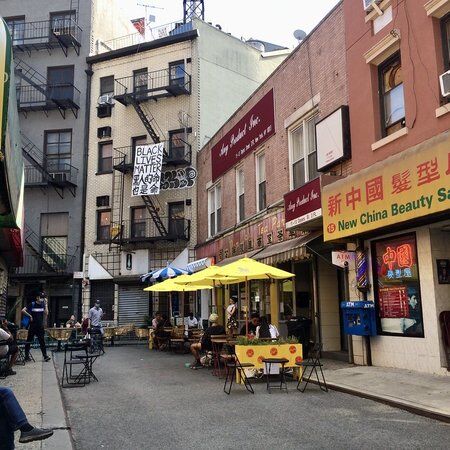
Modern-Day Doyers Street
Today, the Doyers Street of the early 1900s is barely recognizable. Its narrow alley is now lined with trendy restaurants, bars, and shops catering to tourists. One of its most famous establishments, Nom Wah Tea Parlor, has been serving dim sum since 1920, surviving the neighborhood’s tumultuous past. The once-feared underground tunnels are now used for less sinister purposes, housing job placement centers for new immigrants.
The street has also become a symbol of Chinatown’s resilience and transformation. Despite its violent history, Doyers Street remains an integral part of the neighborhood’s cultural heritage. Its crooked bend still captures the imagination of those who visit, serving as a reminder of its dark past, while the new businesses lining the street point to a brighter, more peaceful future.
Yet, even amidst the modern-day calm, traces of Doyers Street’s bloody history remain etched into its identity. From the secret tunnels to the cobblestones that once ran red with blood, the street continues to carry the weight of its past, a testament to the complex and often violent history of Chinatowns in America.
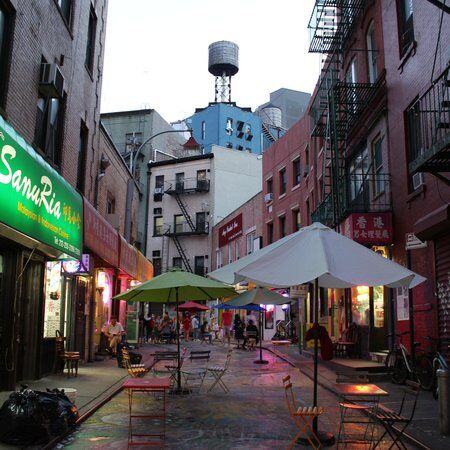
The Mural on Doyers Street: "Rice Terraces"
One of the standout features of Doyers Street today is the vibrant mural titled "Rice Terraces" by Chilean-born street artist Dasic Fernández. Spanning 4,851 square feet and running along the 200-foot stretch between Pell Street and Bowery, this colorful mural is part of New York City’s DOT’s “Asphalt Art Activations” initiative.
This project collaborates with artists and local community organizations like the Chinatown BID/Partnership to transform pedestrian spaces through large-scale public artworks.
Fernández's mural draws inspiration from the iconic rice terraces of China, blending 44 colors in an abstract landscape that creates an illusion of depth. The use of anamorphosis, a technique that creates a 3D effect when viewed from certain angles, allows pedestrians to experience the design as volumes and shapes, especially from the corners of Pell Street and Bowery.
The mural not only livens up the street but also adds a welcoming, energetic atmosphere for both locals and visitors, transforming the street's historical reputation as the "Bloody Angle" into something modern and uplifting.
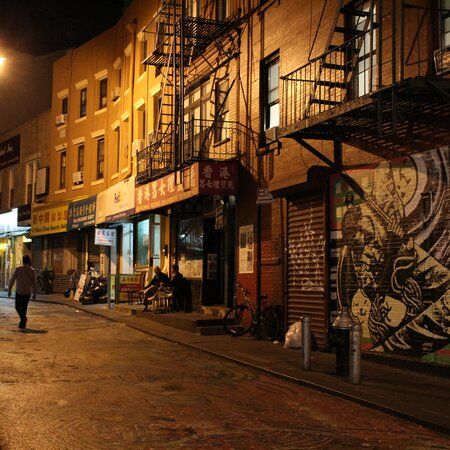
Visiting Doyers Street in New York City
The transformation of Doyers Street into a pedestrian-friendly zone during late summer and fall makes it a popular spot in Manhattan. With the street closed to traffic from 10:00 am to 9:00 pm, visitors can stroll through the mural-covered pathway, immersing themselves in the art and culture while supporting local businesses.
While exploring Doyers Street, make sure to:
- Admire the Mural: The "Rice Terraces" mural provides a perfect backdrop for photos and an opportunity to engage with one of Chinatown’s most visually striking art installations.
- Try Dim Sum at Nom Wah Tea Parlor: As one of the oldest eateries in Chinatown, Nom Wah is famous for its dim sum dishes like scallion pancakes, roast pork buns, and egg rolls. The vintage interior, with its mustard-yellow walls and vinyl booths, offers a nostalgic dining experience.
- Visit the Apothecary-Themed Bar: Located in a former opium den, Apothéke is a great spot to wind down after a day of exploring Chinatown, offering craft cocktails in a speakeasy-style setting.
- Shop for Unique Gifts: Ting’s Gift Store is a small, brightly colored shop selling a wide array of Chinatown souvenirs and trinkets that make for memorable keepsakes from your trip.
- Go for a late-night drink: Once a Vietnamese sandwich (Banh Mi) shop, Pulqueria is now a trendy, late-night Mexican-themed establishment known for its street tacos and pulque, a traditional Mexican alcoholic drink.
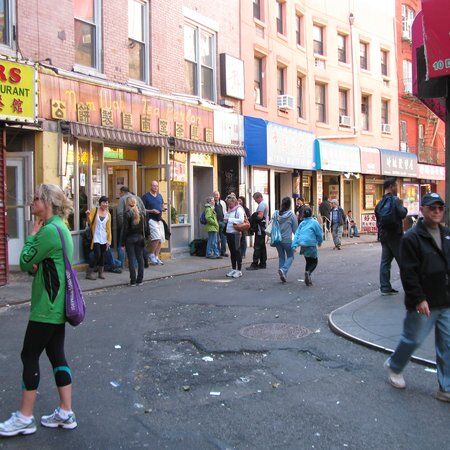
Exploring Doyers Street with CityDays
If you want to delve deeper into Chinatown’s rich history and hidden gems, why not embark on a CityDays Scavenger Hunt?
One of the most popular tours is the "Slow Boat to Chinatown", which takes participants on a riddle-filled journey across the historic neighborhood.
As you uncover clues and solve puzzles, you'll explore iconic landmarks like Doyers Street, as well as hidden spots that most visitors miss.
Additionally, CityDays operates similar tours across the globe, so you can embark on scavenger hunts in other famous neighborhoods and cities worldwide.
It’s an adventurous way to experience a city, perfect for team-building exercises or just having fun with friends and family.
For more information about our New York Hunts then click here: NYC Scavenger & Treasure Hunts | CityDays.
